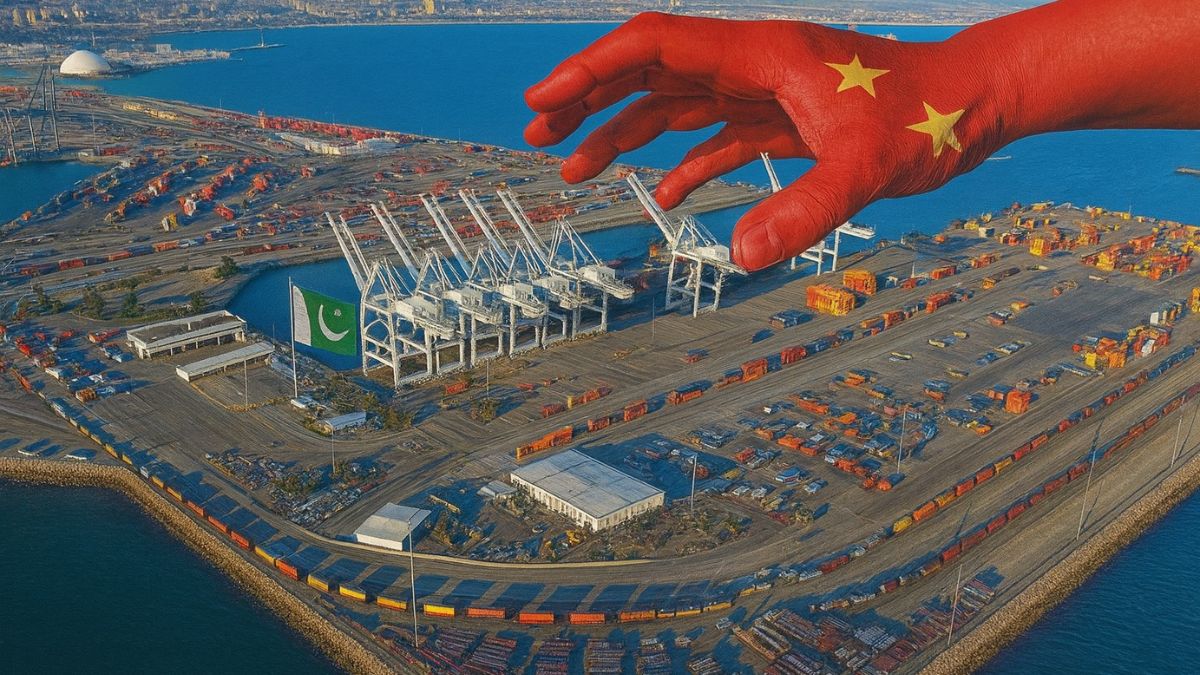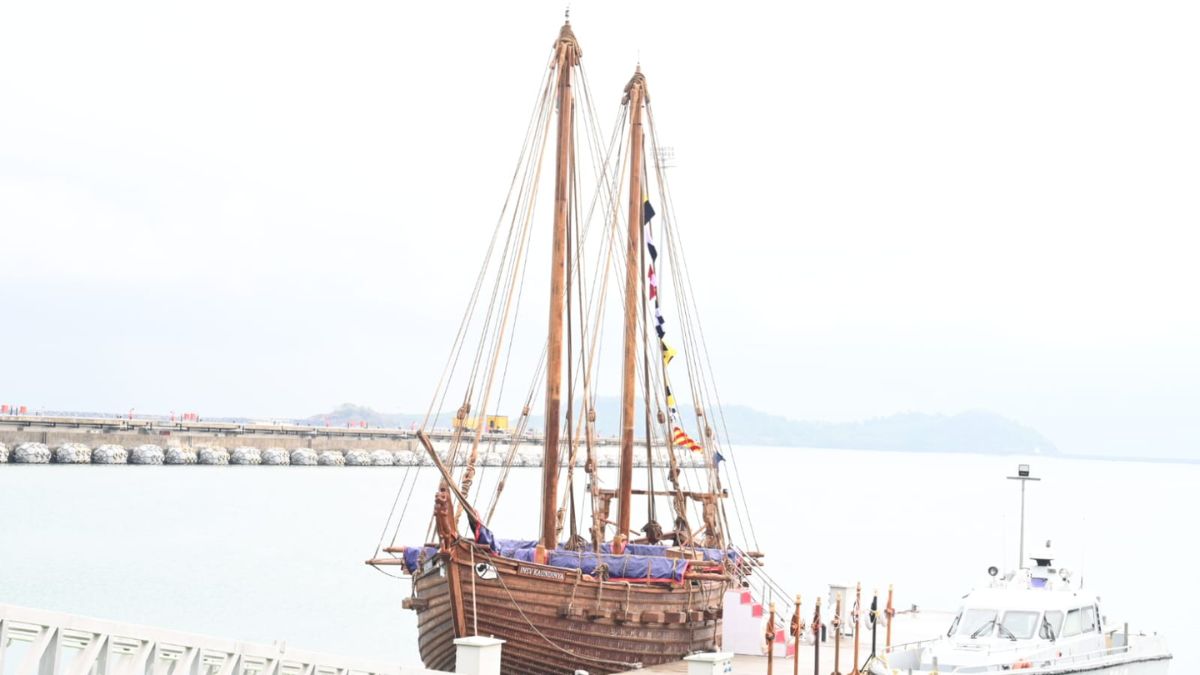Gwadar Today, Karachi Tomorrow? How Pakistan’s Naval Assets Risk Being Leased Away

Like the 40-year lease of Gwadar port, there is fear that Pakistan's rising dependence on China could lead to other naval assets seeing the same fate. Image courtesy: AI-generated picture via DALL-E
In 2017, Pakistan handed operational control of Gwadar Port to China Overseas Port Holding Company under a 40-year concession. The agreement was meant to transform Gwadar into a regional trade hub under the China-Pakistan Economic Corridor (CPEC). Instead, it has become a case study in how strategic assets can slip into foreign hands through long-term leases and revenue-sharing arrangements that overwhelmingly benefit the lessee.
Now, with Pakistan’s Hangor submarine programme deepening naval dependence on China, concerns are growing that what happened at Gwadar could be replicated in other maritime sectors, including naval logistics and shipyard facilities. The precedent of Gwadar raises the question: how much of Pakistan’s maritime sovereignty is being quietly mortgaged?
What happened with Gwadar’s lease?
Gwadar was formally handed over to China Overseas Port Holding Company in 2017 on a 40-year concession. Reports from the time noted that the revenue-sharing structure was heavily skewed in favour of the Chinese operator, with more than 90% of port revenues and around 85% of free zone revenues flowing abroad.
While Pakistan retains legal ownership of the port, operational control and economic benefit are dominated by Beijing. This means a vital strategic asset on Pakistan’s coast effectively answers to Chinese interests first.
How does this link to the Hangor programme?
The Hangor submarine deal, signed in 2015, locks Pakistan Navy into decades of dependence on Chinese supply chains. Engines, sensors, spares, and upgrades will all be sourced from China, with embedded technicians and software keys ensuring operational dependence. Four submarines are being built in Wuhan and four assembled at Karachi Shipyard and Engineering Works under a transfer-of-technology agreement, but the intellectual property and deep repair capacity remain in Chinese hands.
Just as Gwadar’s port concession ties Pakistan’s commercial future to Beijing, the Hangor programme risks tying its naval future to the same orbit. Pakistan may fly its flag on the hulls, but the sustainment and operational freedom will answer to Chinese timelines and priorities.
Could naval facilities also be leased out?
The possibility cannot be dismissed. Naval bases and support infrastructure built to host Hangors could require Chinese presence for maintenance and repair. Over time, “joint use” arrangements could evolve into de facto concessions, much like Gwadar’s transformation from a commercial port to a strategic foothold.
The danger is a creeping erosion of autonomy. With financial stress and external debt, Pakistan may find itself unable to fund the upkeep of major facilities, leaving China in position to take operational control in exchange for continued support.
What is at stake for sovereignty?
For Pakistan, sovereignty at sea is not only about defending its coastline but also about controlling the infrastructure that enables its fleet to operate. Leasing arrangements like Gwadar’s erode this control. If repeated in the naval sector, they could compromise Pakistan’s freedom of action in crises, making its maritime strategy dependent on Beijing’s approval.
In the end, sovereignty is not lost in a single moment but chipped away through concessions and contracts. Gwadar was the first warning sign. The Hangor programme could be the next.







